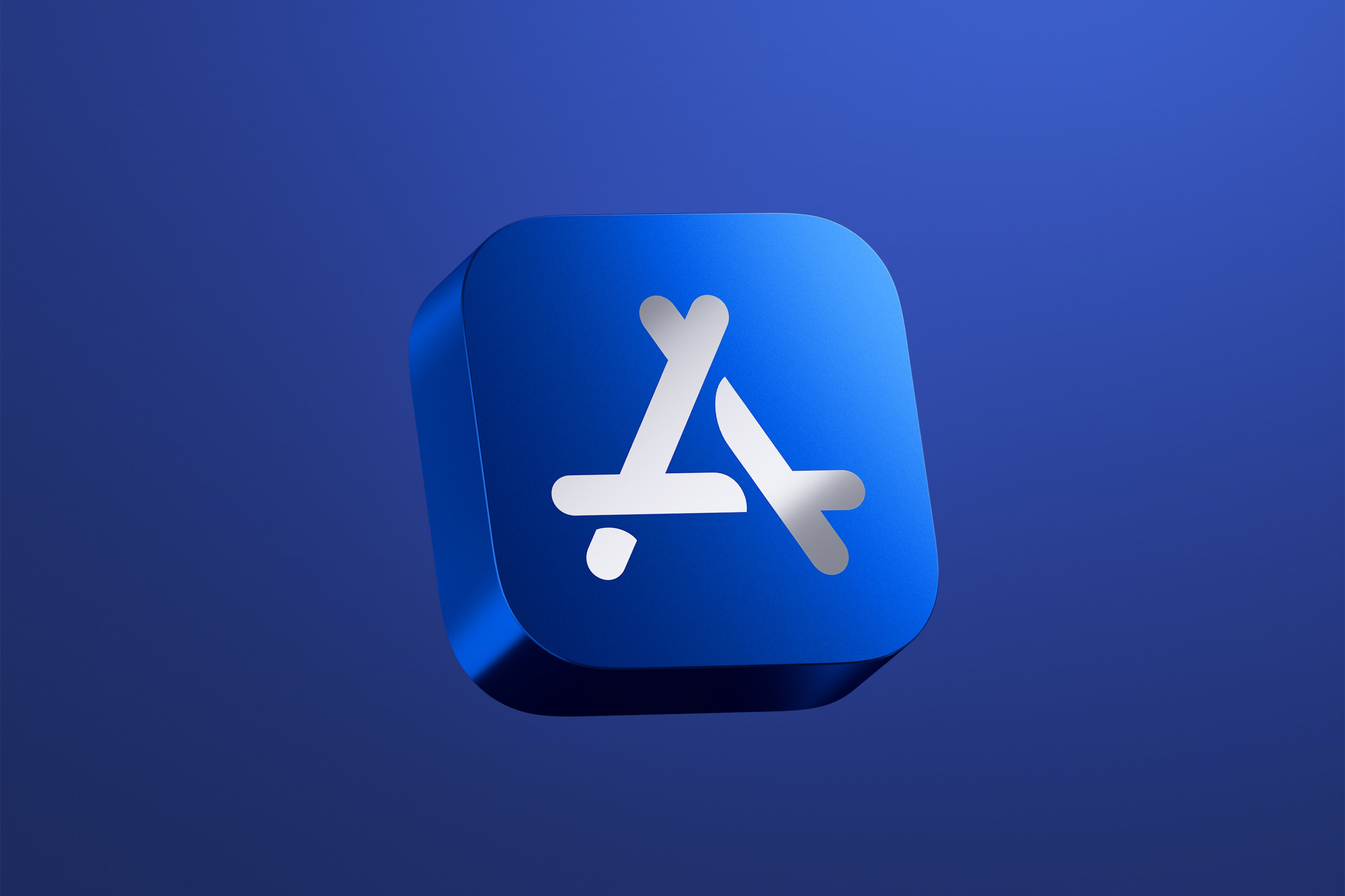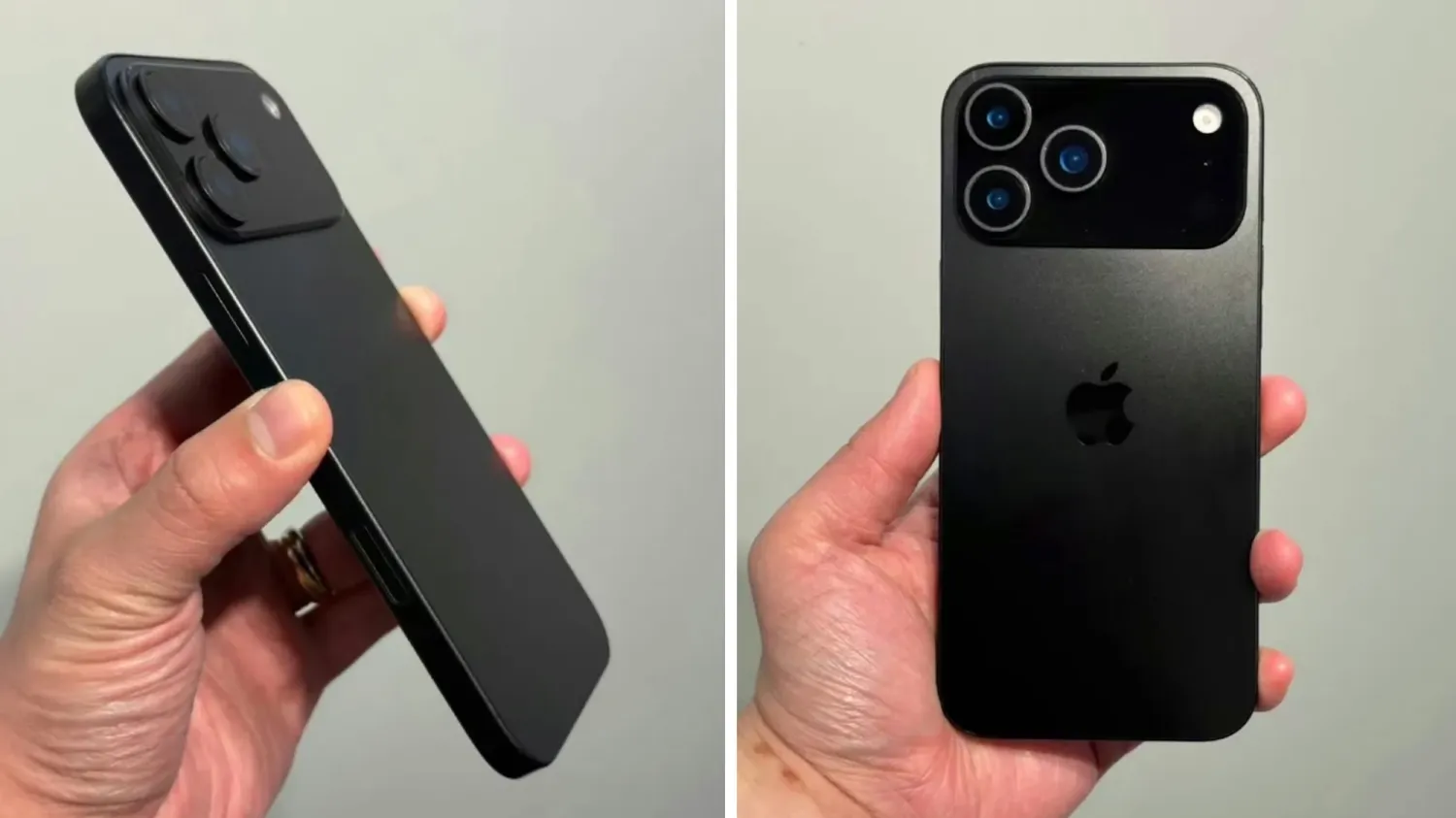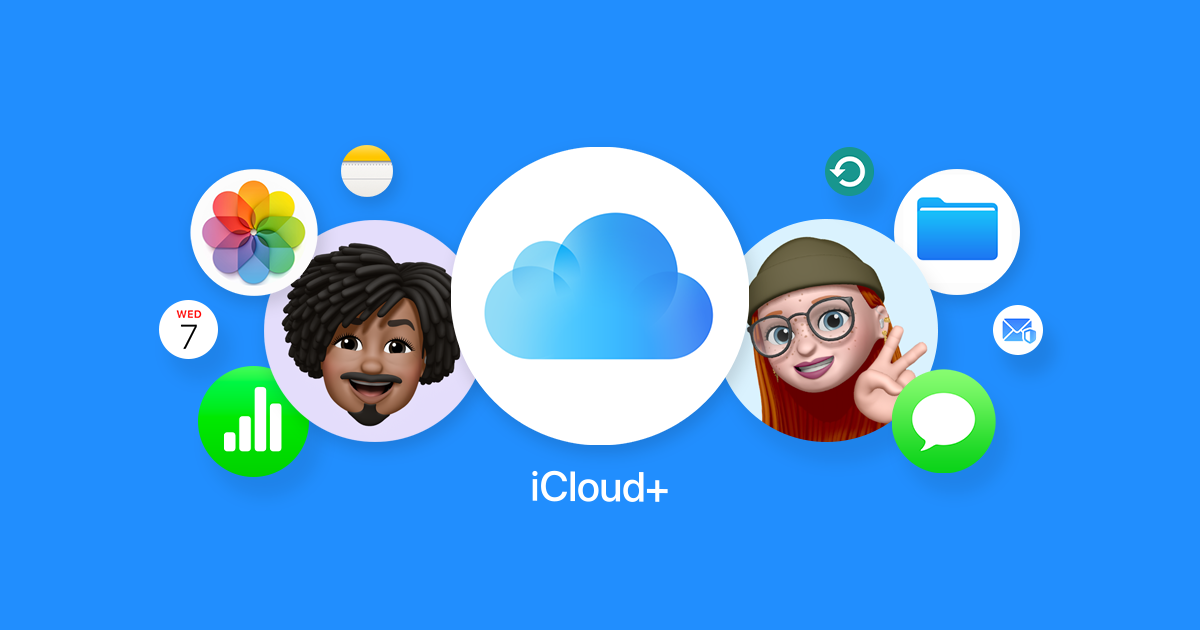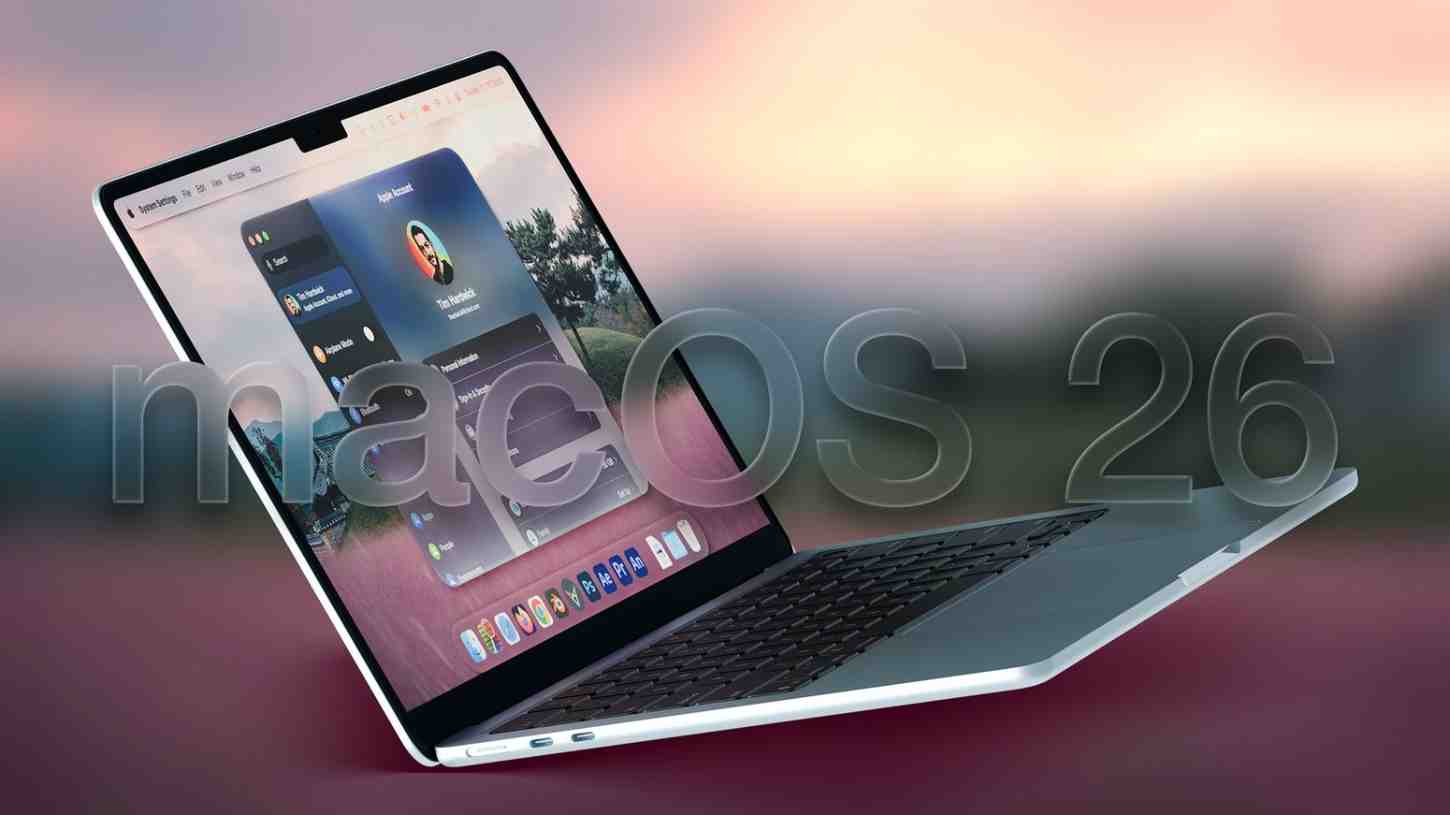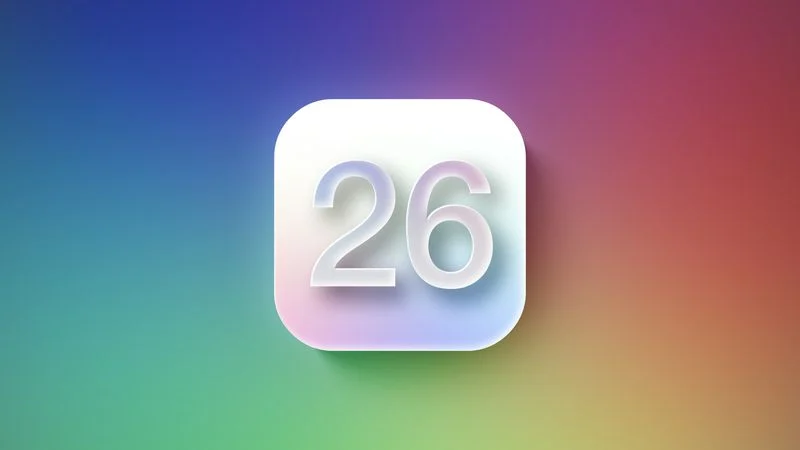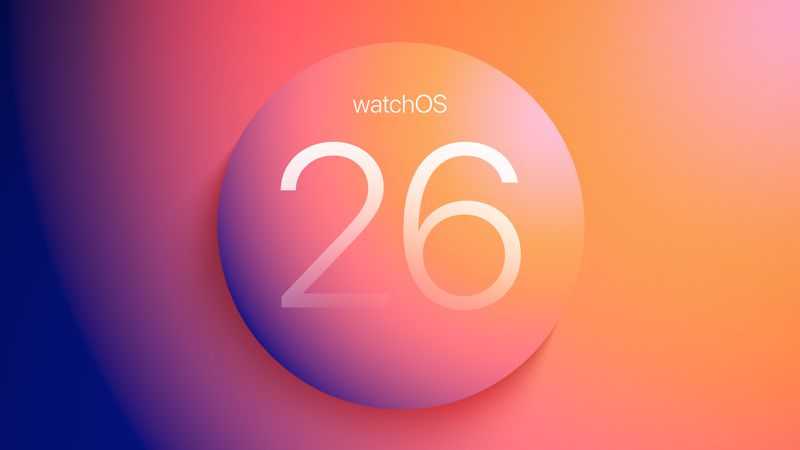The Apple Sports app just got a big upgrade with version 3.0, bringing three exciting changes to make following your favorite sports even better. First, there’s a new “Home” section where you can see all your favorite leagues in one spot and arrange them however you like.
This makes it easier to keep track of everything you care about, unlike the older “My Leagues” section. Next, the app now includes men’s and women’s professional tennis, just in time for the Wimbledon tournament. You can check live scores for individual matches and look back at past game results.
Whether it’s a Grand Slam or a major showdown, you’ll stay updated on tennis action all year long. Finally, baseball fans will love this: the app now shows pitcher and batter matchups right at the top of every game’s scoreboard. This gives you quick insights into the key players in each match.
Launched in February 2024, the Apple Sports app keeps you in the loop with scores, stats, standings, and upcoming games for various leagues. This update makes it more user-friendly and packed with features to enhance your sports experience. Whether you’re a tennis enthusiast or a baseball lover, version 3.0 has something for you to enjoy.

